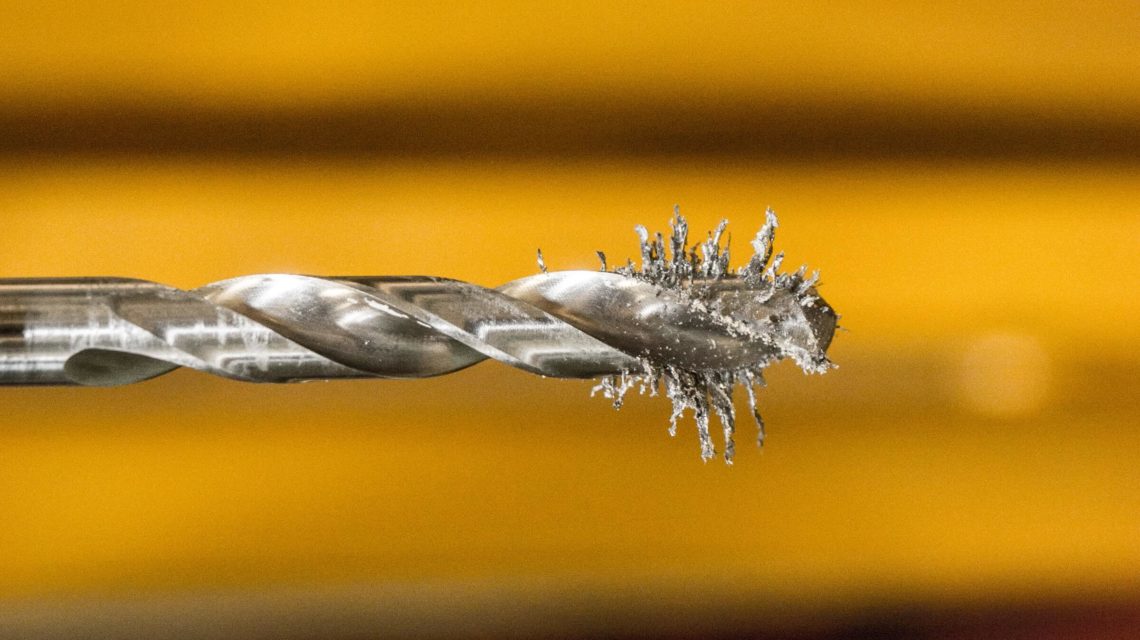Many scrappers focus on copper, brass and aluminum, but carbide shouldn’t be overlooked as it often fetches a higher price per pound than many other metals. It’s a very versatile material that is used in a variety of products and can be found in a variety of places.
Repurposing carbide and carbide products is a great way to conserve energy, generate revenue and help protect the environment through saving space in landfills, reducing pollution and conserving natural resources.
Carbide: A Primer
Carbide is a composite material composed of carbon combined with a variety of other elements. For instance, when combined with tungsten, the material becomes incredibly strong—second only to diamonds in strength—heat-resistant, and rust-resistant. Tungsten carbide is used for manufacturing drill bits, saw blades, scalpels, artillery shells, golf clubs and more. The same is true of titanium-carbide.
Where to Find Scrap Carbide
- Drill bits
- Lathe components
- Punches
- Boring bars
- Reamers
Carbide scrap metal is often found in drill bits, saw blades and other tools. If you have a workshop, there is a very good chance that some or all of the tools on your bench are made with carbide.
Another place to find carbide is around a machine shop. Carbide comes in a variety of forms: dust, stampings, bits and sludge, to name a few. Machine shops have carbide in abundance.
When a tool or machine component wears out, machine shops will replace the part, leaving a piece of scrap carbide available for savvy scrappers. In addition to machine components, there are metal shavings and a variety of other forms of carbide scrap that are produced by machine shops.
It couldn’t hurt to call around to your local machine shops and ask what they will sell you their carbide scrap for. If it’s a good price, buy it up and take it to your local metal recycling facility. You’ve just found yourself a lucrative revenue stream.
What to Know About Recycling Carbide
Recycling carbide is like recycling any other type of metal. Just like brass, copper, or aluminum, carbide comes in different grades. It is also important to make sure your carbide isn’t mixed in with other metals. The employee at the metal recycling facility is going to pay you for the least valuable piece of metal in your haul if it is all lumped in together. It’s important to have your carbide sorted before going to your local metal recycling facility.
Carbide reacts to magnets. Keeping a magnet handy and running it over your scrap can help you to identify carbide. Once you have identified your carbide, you can go a step further and organize it by quality.
Make sure that the carbide—or any scrap metal—that you are bringing to a recycling center has been cleaned well. Scrap metal is often attached to plastics or is covered in substances such as grease or oil. It costs recycling centers time and money to prepare metal for recycling, so, if you want to get as much money as possible, you would be doing yourself a favor by stripping and cleaning your scrap metal before you come in.
How Can the Professionals at Gardner Metal Recycling be of Service?
We’ve been providing metal recycling services to Central Texas for the past 60 years, offering fair, honest scrap metal prices to Austin contractors, businesses, and the general public.
Gardner Metal Recycling offers a broad range of services to those in the scrap metal industry: demolition and clearing, scrap metal pick-up services and metal container rental to name a few. Contact us today.

